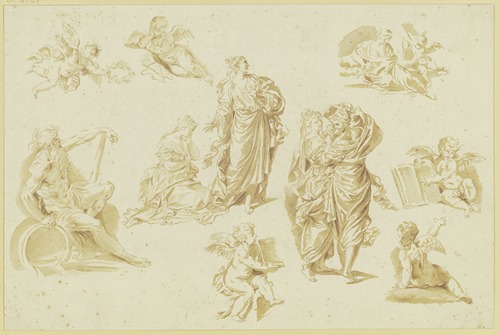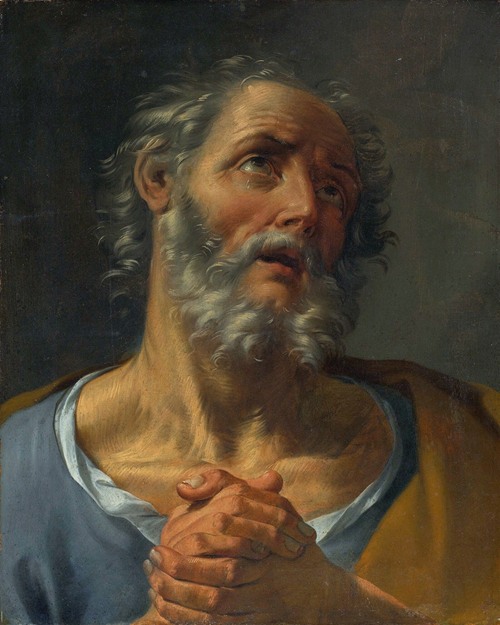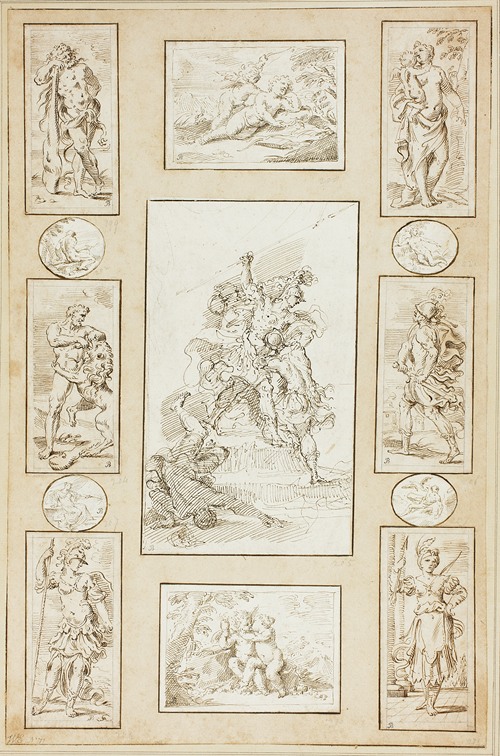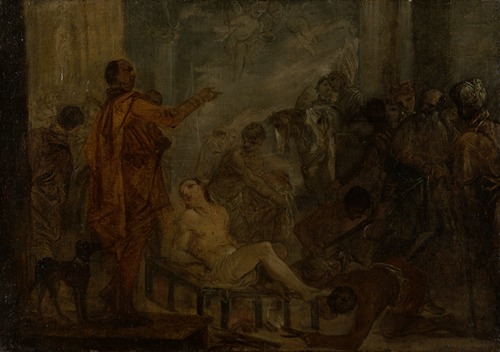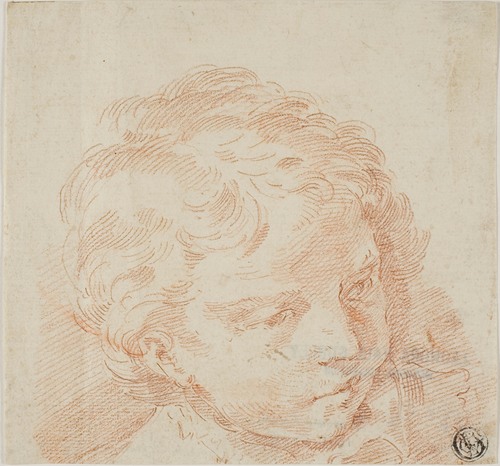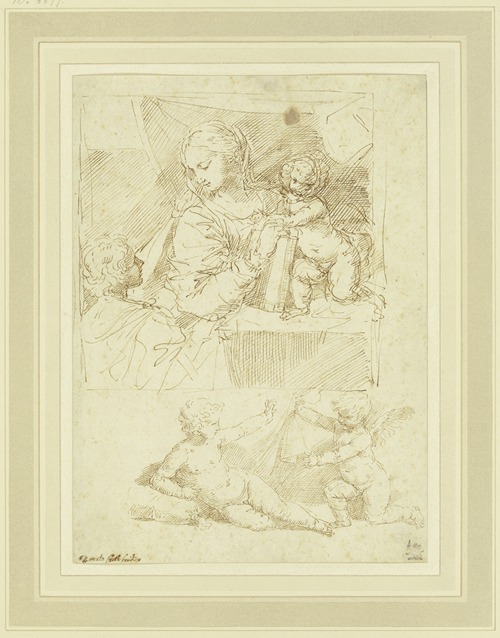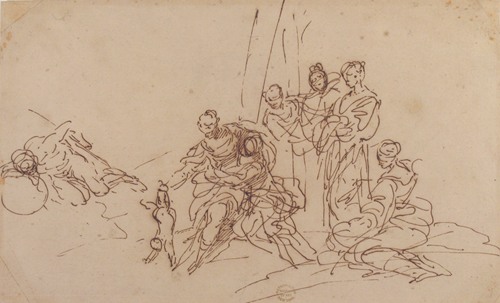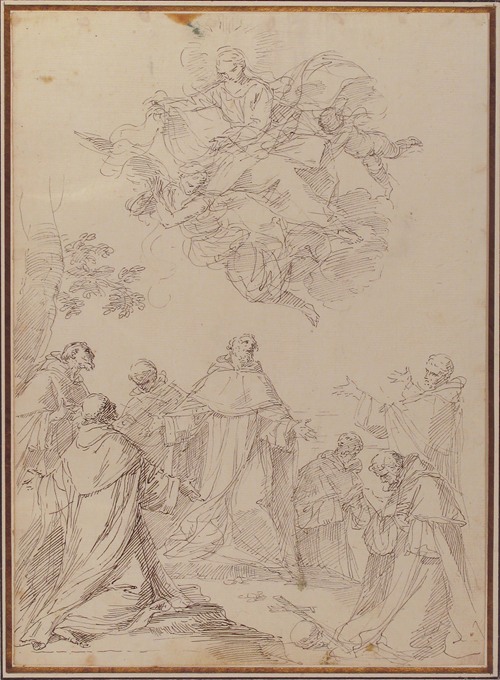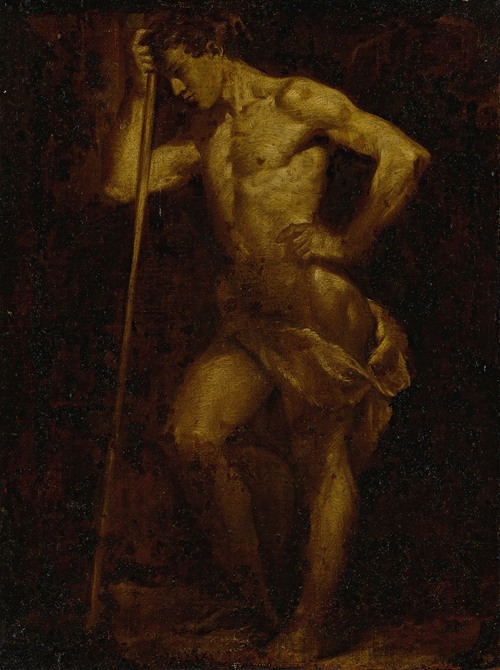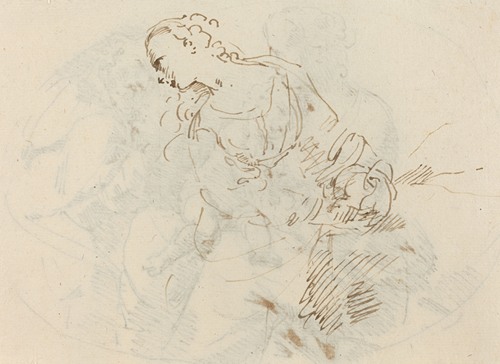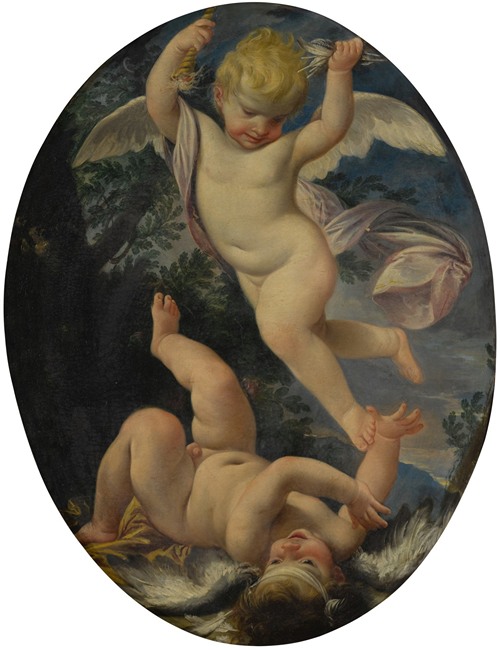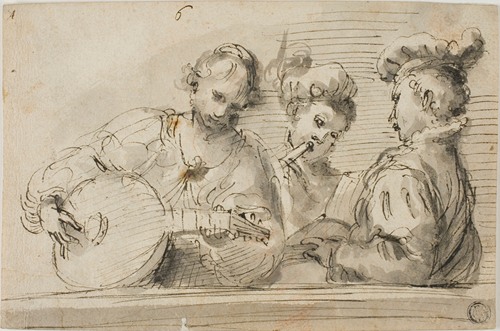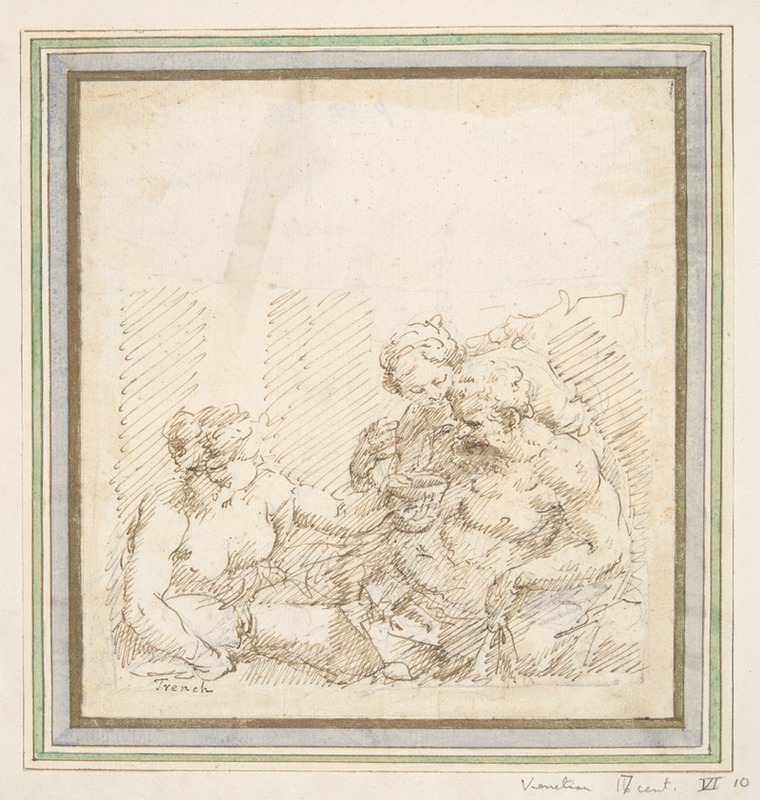
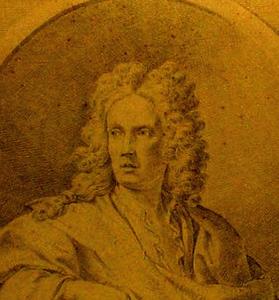
Donato Creti was an Italian painter of the Rococo period, active mostly in Bologna.
Born in Cremona, he moved to Bologna, where he was a pupil of Lorenzo Pasinelli. He is described by Wittkower as the "Bolognese Marco Benefial", in that his style was less decorative and edged into a more formal neoclassical style. It is an academicized grand style, that crystallizes into a manneristic neoclassicism, with crisp and frigid modeling of the figures. Among his followers were Aureliano Milani, Francesco Monti, and Ercole Graziani the Younger. Two other pupils were Domenico Maria Fratta and Giuseppe Peroni.
One memorable conceit in Creti's output is a series of small canvases depicting celestial bodies, disproportionately sized and illuminated, above nocturnal landscapes. The paintings, commissioned in 1711 by the Bolognese count Luigi Marsili and intended as a gift to Pope Clement XI, were meant to accentuate the need for the Papal States to sponsor an astronomical observatory. With the support of Clement XI, the first public astronomical observatory in Italy was opened in Bologna a short time later. The eight small canvases display the sun, moon, a comet, and the then-known five planets: Mercury, Venus, Mars, Jupiter, Saturn. His Jupiter depicts the Great Red Spot (first reported in 1665) and at least two moons
